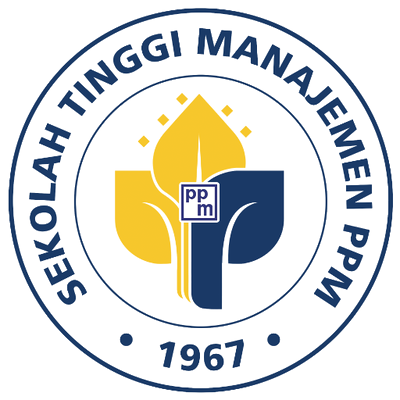Strategi Pengasuhan PT. Pupuk Indonesia (Persero)
Abstract
Keywords
Full Text:
PDF (Bahasa Indonesia)References
Afza, T., C. Slahudin, dan M. S. Nazir. (2008). Diversification and corporate performance: an evaluation of Pakistani firms. South Asian Journal of Management 15(3):7-18.
Basu, N. (2010). Trends in corporate diversification. Financial Markets and Portfolio Management 24(1): 87-102.
Bowman, E. H. & Helfart, C. E. (2001). Does Corporate Strategy Matter ?. Strategic Management Journal, 22: 1 - 23
Campbell, A., M. Goold, dan M. Alexander. (1995). Corporate strategy: The quest for parenting advantage. Harvard Business Review (March-April): 120-132.
………………………………………………… (2014). Strategy for the corporate level: Where to invest, Where to cut back, How to growth organization wite multiple divestation. San Francisco: Jossey-Bass.
Ciabuschi, F., M. Forsgren, dan O. Martin. (2016). Value creation at the subsidiary level: testing the MNC headquarters parenting advantage logic. Long Range Planning 50(1), 48-62.
Collis, D., D. Young, dan M. Goold. (2012). The size and composition of corporate headquarters in multinational companies: empirical evidence. Journal of International Management 18(3): 260–275.
Fernández, F.A., and Montoya, L.M.R. (2018). Multi-business companies: The Leonisa case. Cuadernos De Administración, 34(60), 81 – 95.
Goold, M., Campbell, A., & Alexander, M. (1998). Corporate strategy and parenting theory. Long Range Planning, 31(2), 308-314
Kim, K. (2018). Matchmaking: Establishment of state owned holding companies in Indonesia. Asia & the Pacific Policy Studies, 5(2), 313-330
Kishita, T., & Hayashi, N. (2019). Parental control on subsidiaries in corporate groups with a pure holding company. Review of Integrative Business and Economics Research, 8(3), 43
Kruehler, M., Pidun, U., & Rubner, H. (2012). How to assess the corporate parenting strategy? A conceptual answer. The Journal of Business Strategy, 33(4), 4-17.
Munir, N. S. (2017). Kesesuaian Pengasuhan Perusahaan Multi Bisnis: Studi Kasus Kelompok Media Group. Jurnal Ekonomi dan Bisnis 20(2): 1979 – 6471.
Nell, P.C., and Ambos, B. (2013) Parenting advantage in the MNC: An embeddedness perspective on the value added by headquarters. Strategic Management Journal, 34 (9), 1086-1103.
Pidun, U., Richter, A., Schommer, M., & Karna, A. (2019). A new playbook for diversified companies. MIT Sloan Management Review, 60(2), 1.
Porter, M. (1998). Competitive Strategy: Techniques for analyzing industries and competitors. New York: Free Press
Pranoto, T. (2017) Holding company BUMN: Konsep, implementasi dan benchmarking. Jakarta: Lembaga Management Fakultas Ekonomi dan Bisnis Universitas Indonesia.
Rawley, E., Godart, F. and Shipilov, A. (2018). How and when do conglomerates influence the creativity of their subsidiaries?. Strategic Management Journal 39(9):2417-2438
Sekaran, U., & Bougie, R. (2016). Research Methods For Business: A Skill Building Approach 7th Edition. West Sussex: John Wiley & Sons.
Wheelen, T.R.,Hunger, D. J., Hoffman, A. N., and Bamford, C. (2014), Concepts in strategic management and business policy 14th Edition. Engleword Cliffs, NJ: Prentice-Hall,.
DOI: https://doi.org/10.34149/jmbr.v18i2.294
Indexing
JMBR Editorial Office: PPM School of Management, Jl. Menteng Raya 9-19 Jakarta 10340 Phone: 021-2300313 ext 2354

License
JMBR is using CC BY License
This work is licensed under a Creative Commons Attribution 4.0 International License.
















